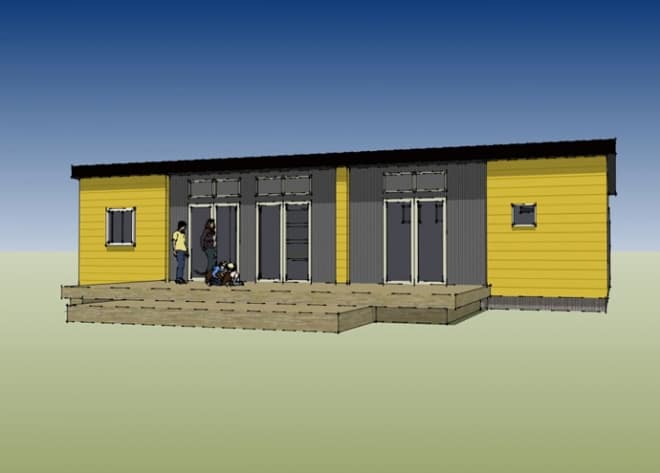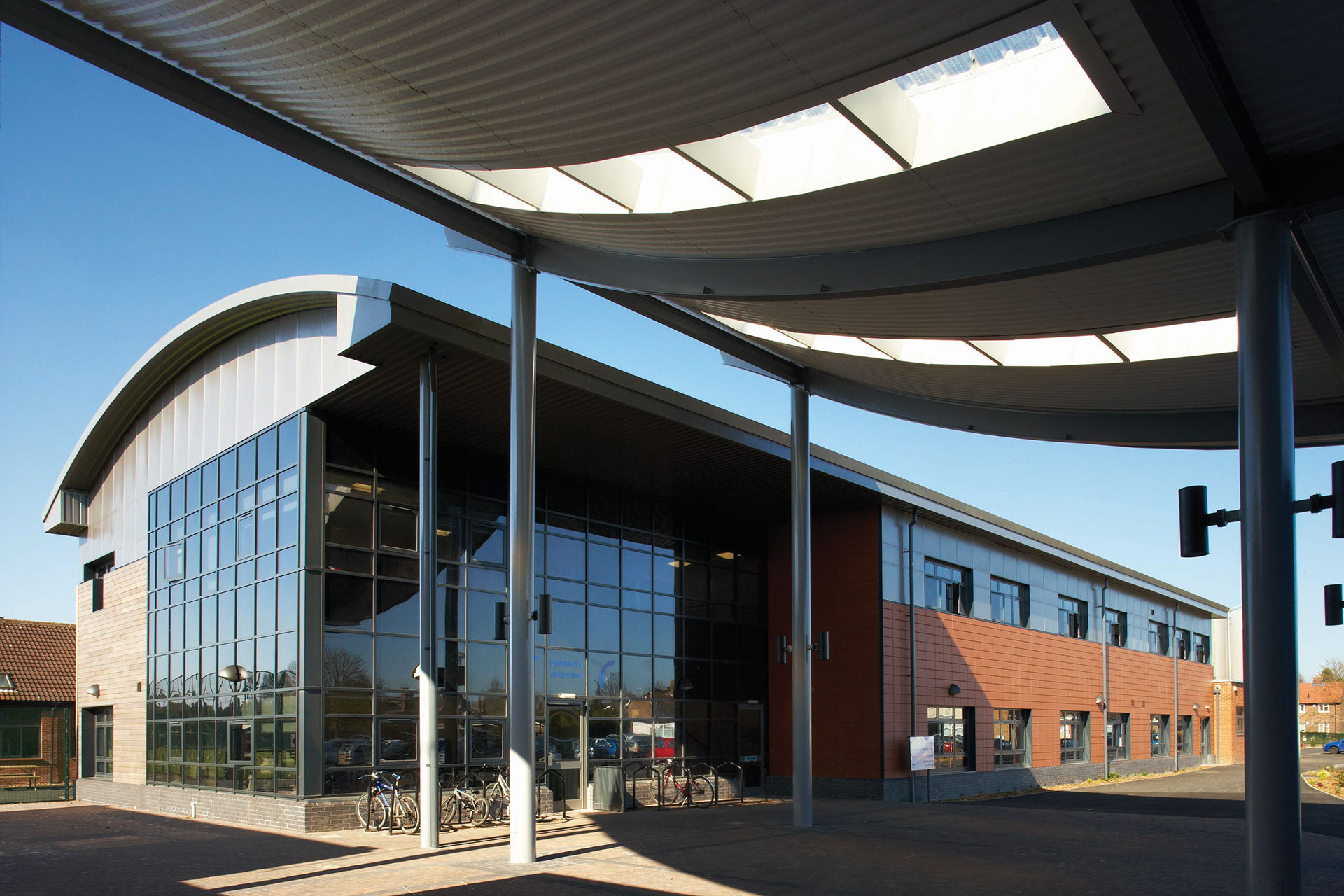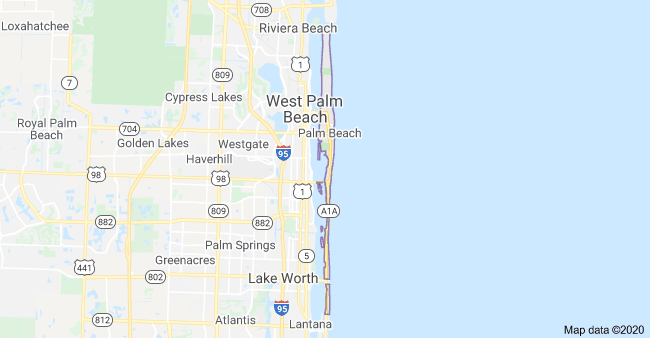Table of Content
Given the high cost of real estate, modern manufactured homes offer a chance at homeownership for people priced out of the conventional marketplace. Also known as “prefab” or prefabricated homes, manufactured homes are built in factories. Their value will continue to decrease for the full life of the home.

They are also permanent structures, so they qualify for the same type of insurance as stick-built homes. There is no difference between prefabricated homes and modular homes. They are just different names for the same type of home that has been manufactured offsite and then transported into place on site.
Modular Homes vs. Houses Built On-site
The FHA loan program offers low down payments and favorable terms for manufactured homes. But you’ll need to meet the program’s eligibility requirements like credit score, income, and employment history. The HUD has a set of minimum requirements for manufactured homes, but some states have adopted stricter standards than the HUD code. Some builders also exceed the minimum requirements so the clients can have more trust.
You’ll want to make sure that you have all your documents in order before you apply for a manufactured home loan. Check your credit reports before you submit an application, and dispute any mistakes or errors to try and improve your score. Finally, proof of income, tax returns, homeowners insurance, and any other source of funds you’ll use for a down payment round out the list of documents you may need.
How To Get a Manufactured Home Loan
Modular homes must conform to specific rules, guidelines, and building codes that often surpass traditional on-site homes. They tend to be less expensive than traditional stick-built homes. Information and coverage descriptions on this site are general in nature. Nothing on this site alters the terms or conditions of any of our policies.
This means less work for the builder and saved time and money for you. As you can see in the video to the right, panel building is accomplished by laying down the floor and then lowering each section of wall in to place one at a time. When talking about different kinds of homes, there may be some confusion in regards to the terms used to discuss what kind of house is being built. Prefab, Modular, Panel Built, and Manufactured are sometimes mistakenly used interchangeably, but they all mean different things.
Harvard Joint Center for Housing Studies Charts Show Us a Wealth of Housing Data
As the name suggests, modular homes are made up of pre-assembled pieces or ‘modules’ that go together like building blocks. A house is defined as prefabricated if any part of it has been manufactured in advance at a factory before it is shipped to the site. Any home that is primarily constructed in a factory and then assembled on site is considered prefab. The word prefab refers to prefabrication, which means building a house in a factory before it’s assembled at a construction site. If you’ve ever seen an office building go up, you may have marveled at how quickly one floor goes up, and then a second floor seems to grow out of nowhere, and then a third.
Though based on meticulous research, the information we share does not constitute legal or professional advice or forecast, and should not be treated as such. All loan approval decisions and terms are determined by the loan providers at the time of your application with them. We do not warrant that you will be approved for a loan, nor that you will be offered a loan with the same terms presented on our website. Is a type of prefab structure designed to minimize cost and waste. It consists of a steel frame on which the portions of a house can be built. Underneath the structure is an axle so wheels can be placed directly on the home for transportation.
They also typically come with all their hardware already installed. For example, a Title II FHA manufactured home loan is only available for a permanent primary residence built after June 15, 1976. The property must measure 400 square feet or more, and the loan must cover both the property and the land on which it sits. VA and USDA manufactured home loans also require you to either own the land where your home is located or apply for a loan to cover the land and property.

It is also much less expensive to transport a building in panels than in modules if it is large enough. Short for Prefabricated housing, “Prefab” is a broad term that encompasses several different types of building. Technically, any home that has sections of the structure built in a factory and then assembled on site can fall under the “prefab” designation. Manufactured homes are also built to strict code requirements, but they aren’t solidly connected to the ground. This characteristic means they’re not as resistant to severe weather as modular and prefab homes.
They tend to be the most versatile with floor plans and specific requests. Reselling manufactured homes can be harder if they are set up in trailer parks, or the buyer will need to move the home from where it’s currently located. This might be the most significant disadvantage of buying a trailer home. However, using the point of differences above can help you make an informed decision. While existing manufactured homes lose value over time, it’s proven that you’re likely to maintain or gain a substantial amount when selling with better maintenance practice. While many people often mistake prefab and manufactured homes, the discussion below will help you get the difference between the two.

In addition, a manufactured home mortgage that covers the property and the surrounding land will understandably cost more than a loan for just the property itself. ‘As a finished structure on a foundation that adheres to building codes, modular houses exist within the traditional housing market. We’ve called on experts, to help distinguish the difference between manufactured and modular homes so that you can make an informed decision. Some people might be familiar with the term “mobile home,” which is what manufactured homes used to be called. These homes are usually factory-built as well but follow strict guidelines outlined by Housing and Urban Development .
On the other hand, manufactured homes are considered personal property and lose value as soon as it’s driven off the lot, similar to a car. In a nutshell, trailer homes refer to homes built before 1976, while manufactured homes are built after 1976, under strict regulation administered by the U.S. A traditional house usually takes several months to years for completion. Buying materials of exact measurement of a building and further transporting them to the site increases the final construction cost of the house. Understanding the difference, and opting for the more suitable option can help you limit your construction cost, and increase its price and resale value.









